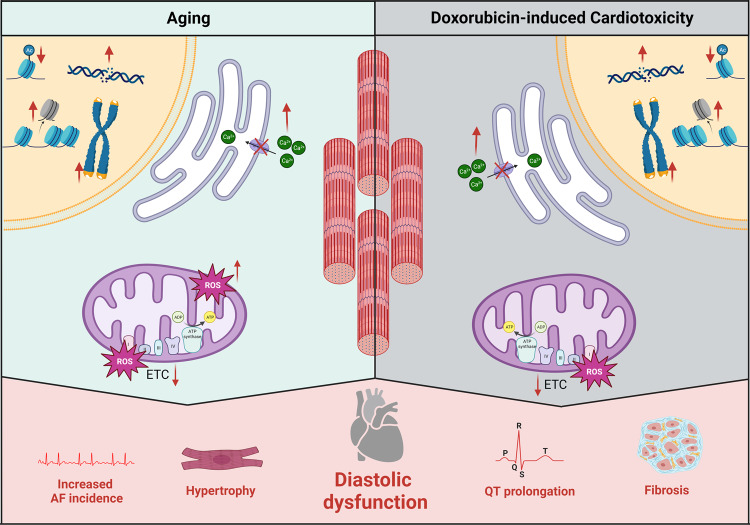Fig. 1. Overview of mechanisms in which both doxorubicin and healthy aging can influence heart function.
Doxorubicin induces DNA damage, but also affects epigenetics and telomere length. In the cytoplasm, doxorubicin inhibits reuptake of calcium, leading to an increased calcium concentration. In the mitochondria, doxorubicin can by itself cause increased ROS production. Besides, it inhibits the electron transport chain, which leads to additional ROS production. In the nucleus chromosomes are affected by time as well. DNA damage occurs, epigenetics are altered, and telomeres become shorter. In the cytoplasm, reuptake of calcium becomes less efficient, leading to increased calcium concentrations. Age also affects the mitochondria so that the electron transport chain becomes less efficient, and more ROS is produced. All these mechanisms lead to similar outputs in the form of hypertrophy, diastolic dysfunction, increased incidence of atrial fibrillation, prolonged QT interval, and fibrosis.

